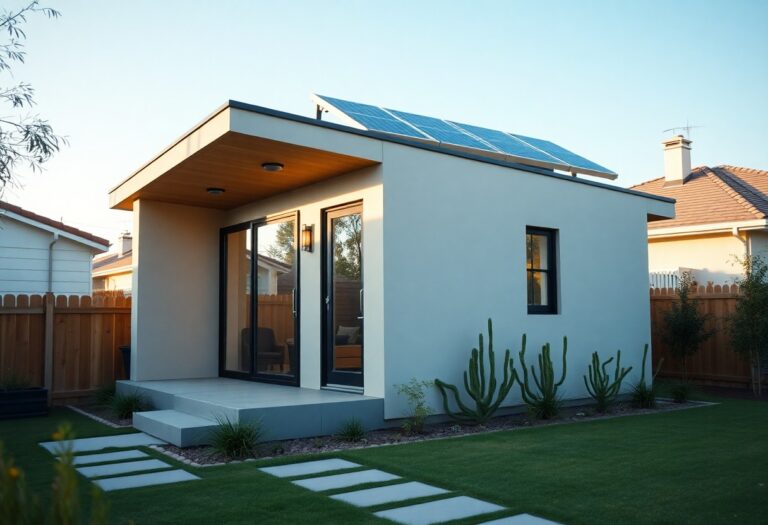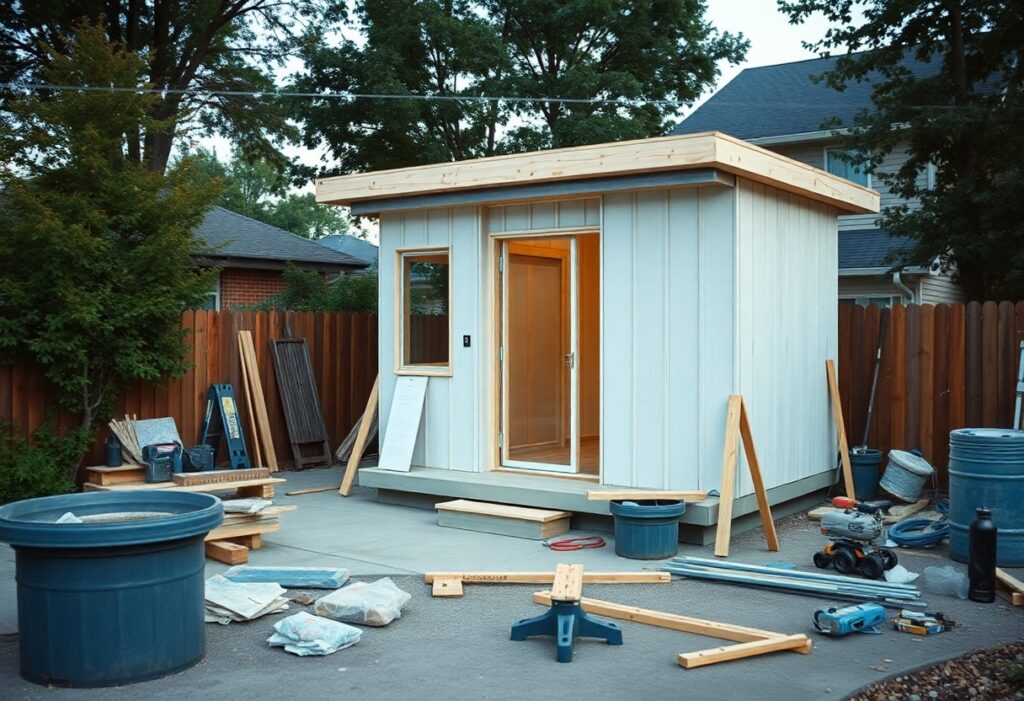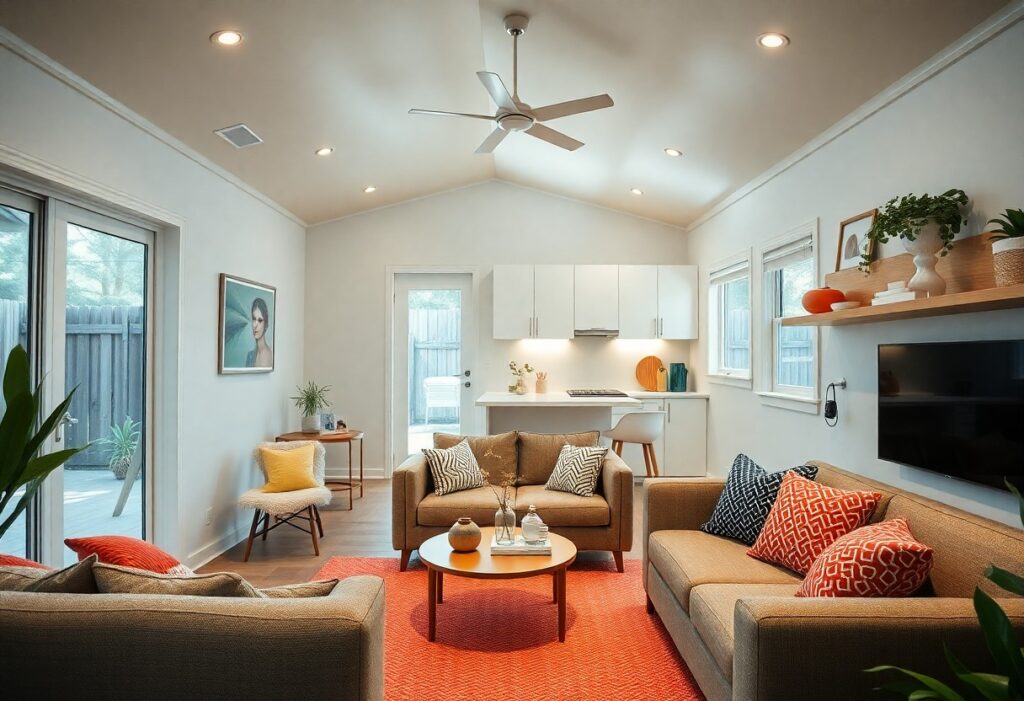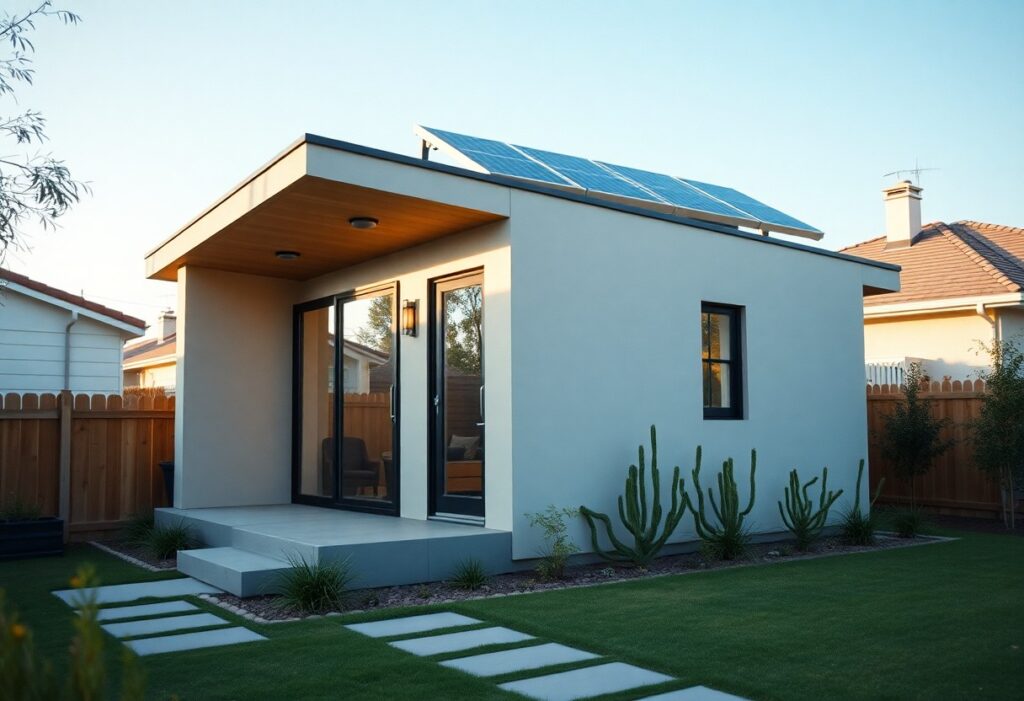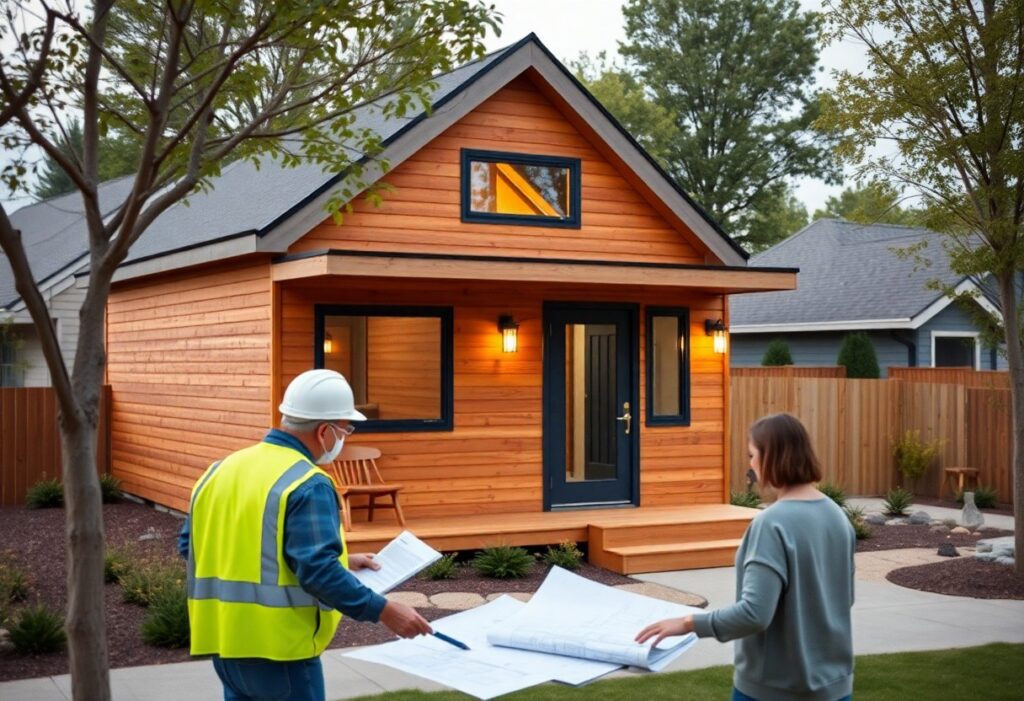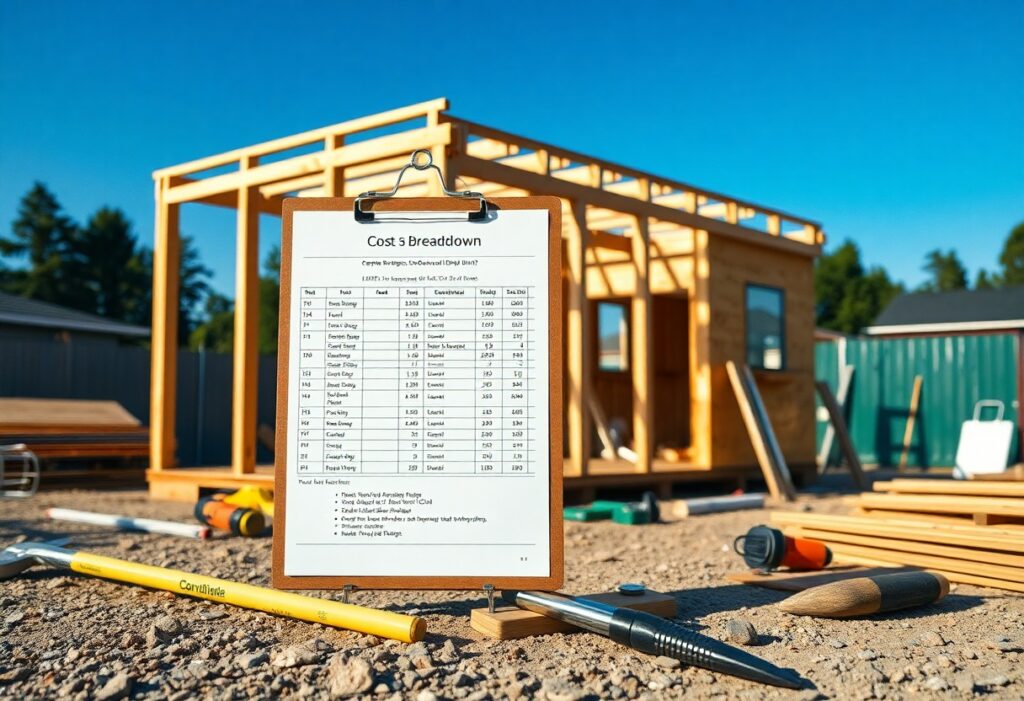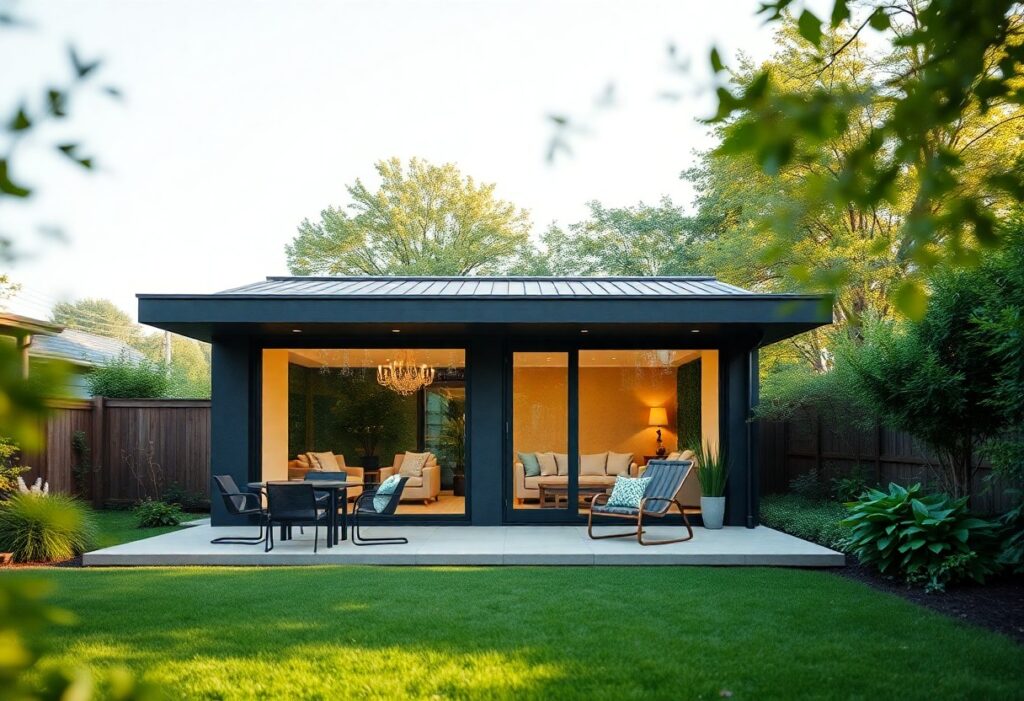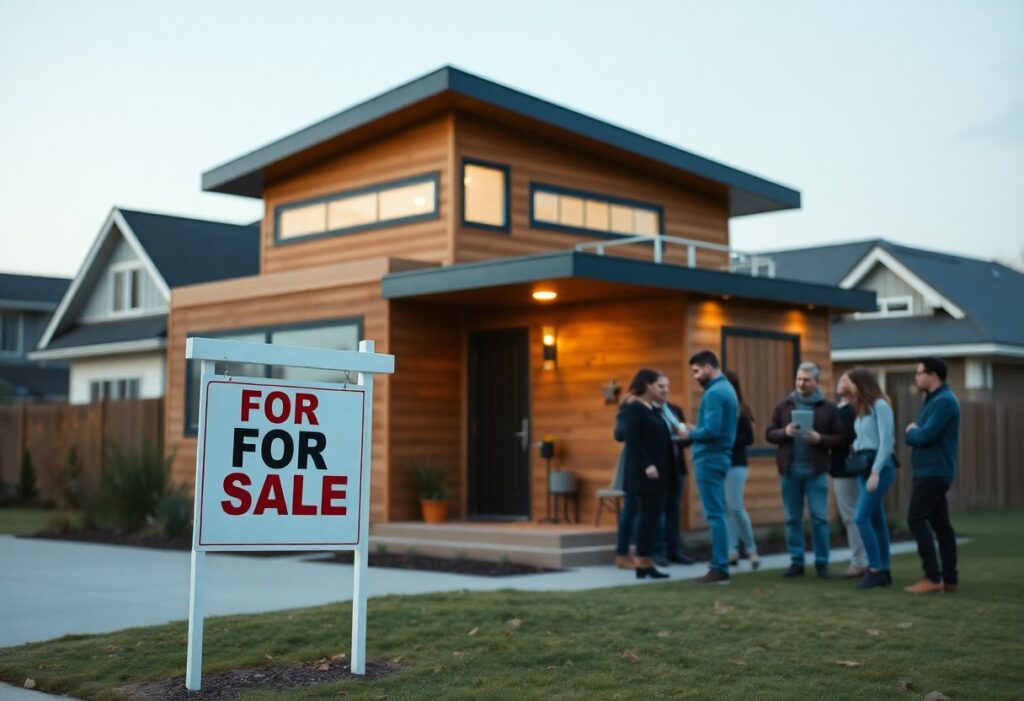With the rising demand for housing in California, building an Accessory Dwelling Unit (ADU) can greatly enhance your property’s value and provide additional living space. Understanding the necessary zoning laws, permits, and construction guidelines is imperative to navigating this process smoothly. You’ll want to avoid common pitfalls by familiarizing yourself with local regulations and engaging with experienced professionals. This article will guide you through the steps to successfully build your ADU, ensuring you capitalize on this valuable opportunity.
Key Takeaways:
- Research Local Regulations: It’s crucial to understand the specific zoning laws and building codes in your area as they can vary significantly between cities in California.
- Plan Efficiently: Focus on maximizing space and functionality in your design to create a comfortable living environment that meets the needs of potential occupants.
- Secure Financing Options: Explore various funding methods, such as home equity loans or special ADU financing programs, to ensure you have the resources necessary to complete your project.
1. Understand local zoning and building regulations thoroughly.
2. Choose the right design to maximize space efficiency.
3. Secure financing options that suit your budget and plans.
4. Hire experienced professionals for construction and planning.
5. Consider energy-efficient features to reduce long-term costs.
6. Communicate with neighbors to foster good relationships.
Understanding Accessory Dwelling Units (ADUs)
Your journey in building an Accessory Dwelling Unit (ADU) in California begins with understanding what ADUs are and their significance. An ADU is a secondary housing unit located on a single-family residential lot, offering flexibility and a chance to maximize your property’s potential. They can provide extra space for family, rental income, or even a private office.
Definition and Types of ADUs
Your options when it comes to ADUs are diverse. Among the types of ADUs you might consider are:
| Detached ADUs | Stand-alone units separate from the main house. |
| Attached ADUs | Units that share a wall with the primary residence. |
| JADUs | Junior Accessory Dwelling Units, typically smaller and created within existing space. |
| Converted Garages | Existing garage spaces transformed into living areas. |
| Basement ADUs | Living units crafted within the basement areas of a home. |
Thou can tailor your ADU to meet your property requirements and local regulations.
Benefits of Building an ADU
By choosing to build an ADU, you unlock numerous advantages for your property. Not only can an ADU enhance your living space, but it also offers the potential for increased property value and rental income.
Accessory dwelling units serve as an excellent investment opportunity. They provide a chance to earn passive income through renting or using them for family accommodation. Moreover, building an ADU allows you to maximize housing space without needing to move. The flexibility to adapt your space for guests, a home office, or long-term tenants can make ADUs a wise, practical choice for both personal and financial goals.
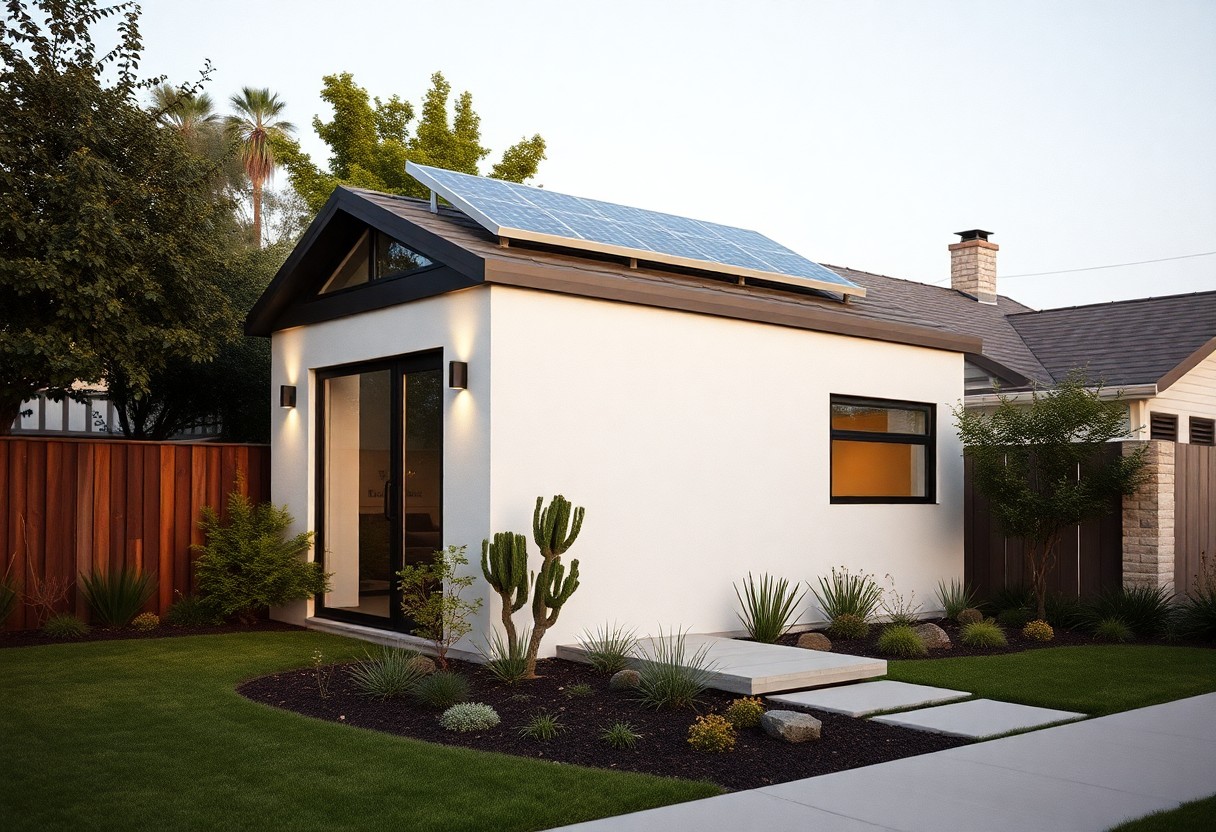
Legal Requirements and Zoning Regulations
Some of the first steps in building an Accessory Dwelling Unit (ADU) in California involve understanding local legal requirements and zoning regulations. Each jurisdiction has its own rules governing where and how you can build an ADU, including setback requirements, height limits, and parking requirements. It’s important for you to familiarize yourself with these regulations to ensure your project complies with local law and avoids potential legal issues.
California State Laws on ADUs
One of the key frameworks governing ADUs in California is established by state law, which aims to streamline the approval process for these units. The law mandates that cities and counties cannot impose lot size, owner-occupancy, and other restrictions that limit the development of ADUs. This can provide you with more flexibility in your design and construction, helping to alleviate the housing crisis in your community.
Local Ordinances and Permitting Process
Beside state laws, local ordinances play a significant role in the permitting process for your ADU. Each city or county may have its unique set of regulations that supplement state guidelines, often requiring additional permits and reviews that can affect your timeline and costs.
Another important factor in the local ordinances and permitting process is the need to obtain a building permit from your local jurisdiction. This process often involves submitting detailed plans and adhering to local design standards. Be aware that some jurisdictions may have specific requirements regarding the design aesthetics of your ADU, such as building materials and landscaping. Additionally, many areas may require you to provide proof of compliance with local zoning codes, which could include assessments or fees. Thorough research and patience are vital as you navigate through this process to avoid any costly delays or complications.
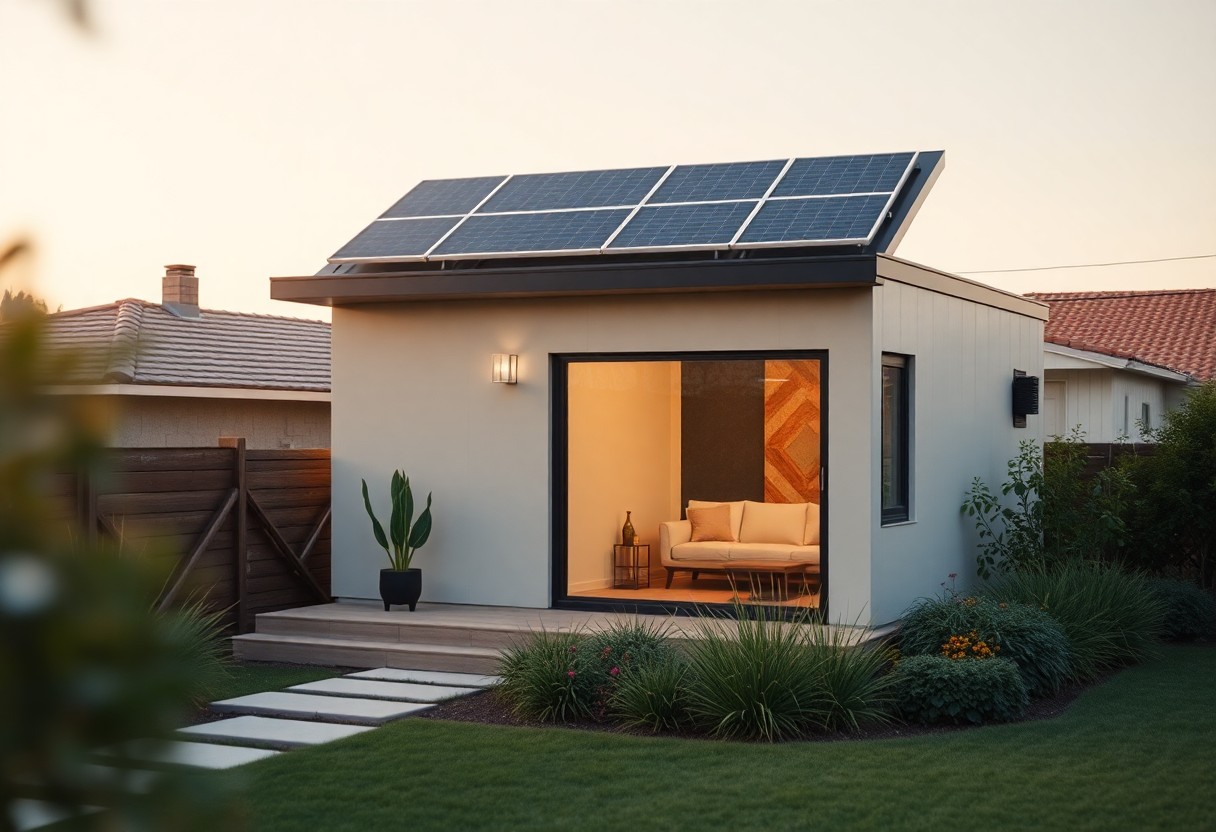
Financing Your ADU Project
All successfully building an Accessory Dwelling Unit (ADU) in California requires a well-planned financing strategy. Understanding your budget, the cost estimates, and potential funding options can significantly ease the process, enabling you to turn your ADU dream into a reality without financial strain.
Cost Estimates and Budgeting
About establishing a budget for your ADU project is important to ensure you stay on track financially. Begin by obtaining accurate cost estimates for construction, permits, and potential design fees. This information will help you create a realistic budget that includes contingencies for unexpected expenses, allowing you to make informed decisions while mitigating financial risks.
Financing Options and Grants
Along with budgeting, you should explore various financing options and potential grants available for ADU projects. Many homeowners utilize personal loans, home equity lines of credit, or contractor financing to fund their builds. Additionally, California offers incentives and grants aimed at reducing the financial burden for homeowners undertaking ADU projects.
Even if funding your ADU seems daunting, you have several options at your disposal. California provides a variety of grants and programs that can ease your financial commitment. Many local governments have incentives for sustainable construction and improving housing stock. Additionally, take advantage of low-interest loans or financing through your contractor that could lower your overall costs. Researching and applying for these resources can significantly affect your ADU project, transforming it from a financial strain into an attainable endeavor.
Designing Your ADU
Despite the challenges involved in creating an Accessory Dwelling Unit (ADU), designing yours should be an exciting opportunity to reflect your unique style and needs. From sleek modern designs to cozy traditional aesthetics, you can choose a look that complements your primary residence while maximizing functionality and livability. Always consider local building codes and zoning regulations to ensure your design is compliant and beneficial for both you and your neighborhood.
Architectural Considerations
Considerations such as building height, roof pitch, and outdoor living spaces play a key role in your ADU’s design. It’s important to align these architectural elements with existing structures in your neighborhood to maintain visual harmony. Additionally, look into energy-efficient materials and sustainable designs, as these choices not only enhance your ADU’s appeal but can also reduce utility costs in the long run.
Maximizing Space and Functionality
One significant factor to consider when designing your ADU is how to maximize space and functionality within a compact area.
Considering the limited footprint of an ADU, innovative layouts are vital to create a comfortable living environment. Utilize multi-functional furniture, such as foldable tables and murphy beds, to enhance utility. Incorporating vertical storage solutions, like shelving up to the ceiling, can free up floor space while making everything accessible. In addition, ensure your design includes adequate natural light through strategically placed windows or skylights. This not only elongates the feeling of openness but also promotes a sense of connection to the outdoors, making your ADU a delightful living space.
Construction Process
Once again, you must consider several factors during the construction process of your Accessory Dwelling Unit (ADU). Communication with your contractor, adherence to building codes, and inspection schedules are all important elements. Additionally, prepare for possible unforeseen challenges such as delays in material delivery or changes needed due to inspections. Being proactive and organized will significantly contribute to a smoother construction phase.
Hiring Contractors vs. DIY
Against the backdrop of a booming housing market, deciding between hiring contractors or taking a DIY approach depends largely on your skills and resources. If you possess construction experience, you may successfully tackle the project on your own. However, hiring reputable contractors can save you time, minimize risks, and ensure the work meets local building codes.
Timeline and Project Management
After establishing your construction team, creating a realistic timeline is important for managing your ADU project effectively. Without a solid timeline, tasks can easily fall behind schedule, leading to increased costs and frustration.
This is where project management plays an important role in the construction of your ADU. Set clear milestones for each phase of the project, from obtaining permits to final inspections. Check in regularly with your contractor to stay on track. Keeping a detailed schedule ensures that you’re always aware of deadlines and minimizes potential delays. Anticipate weather challenges or supply shortages that could extend your timeline, and proactively build flexibility into your plans to accommodate these factors.
Rental and Use Considerations
Unlike traditional single-family homes, Accessory Dwelling Units (ADUs) offer unique rental opportunities and considerations. You can generate additional income or house family members, but understanding local zoning laws, rental regulations, and tenant rights is necessary. It’s important to ensure that your ADU complies with all building codes and regulations prior to renting it out.
Managing Your ADU as a Rental Property
Rental management of your ADU involves understanding tenant screening, lease agreements, and property upkeep. This includes establishing clear house rules and maintaining communication with tenants to ensure a harmonious living arrangement.
Short-term vs. Long-term Rentals
Before deciding how to rent your ADU, consider the implications of short-term versus long-term rentals. Short-term rentals can provide higher income potential, while long-term rentals offer stability and consistent cash flow.
And while short-term rentals can yield higher nightly rates, they also come with increased maintenance and cleaning demands, potential regulatory hurdles, and occupancy fluctuations. Long-term rentals, on the other hand, provide a more reliable income stream but may require more comprehensive tenant screening and less frequent interactions. Balancing these factors according to your financial goals will help you manage your ADU effectively.
Summing up
The successful construction of an Accessory Dwelling Unit (ADU) in California requires careful planning, understanding of local regulations, and a clear design vision. You should start by familiarizing yourself with zoning laws and ADU requirements in your area, which will guide your decisions. Engaging with professionals like architects and contractors can help streamline the process and ensure compliance with building codes. Be proactive in securing financing options to support your project. By following these steps, you can create an ADU that enhances your property while meeting your personal or investment goals.
FAQ
Q: What are the primary steps involved in building an Accessory Dwelling Unit (ADU) in California?
A: The process of building an ADU in California typically involves several key steps:
1. Research Local Regulations: Start by checking the zoning laws and building codes in your area, as these can vary significantly from one municipality to another.
2. Design and Planning: Create a detailed plan that includes the size, layout, and style of your ADU. It’s advisable to work with an architect or designer familiar with ADU regulations.
3. Permitting: Submit your plans for a building permit to your local planning department. This may include site plans, floor plans, and other necessary documents.
4. Construction: Once permits are obtained, you can proceed with construction. Hiring a licensed contractor with experience in ADUs can streamline this process.
5. Final Inspection and Occupancy: Upon completion, a final inspection ensures everything meets code requirements, leading to occupancy approval.
Q: How can I finance the construction of an ADU in California?
A: Financing an ADU can be achieved through multiple avenues:
1. Home Equity Loans or Lines of Credit: If your property has sufficient equity, this can be a viable option to finance your ADU.
2. FHA 203(k) Loans: These rehabilitation loans can help finance both the purchase and renovation of a home, including the construction of an ADU.
3. Construction Loans: Some lenders offer short-term loans specifically for new constructions, which can be an option for funding the ADU project.
4. Personal Savings: Using personal savings for the construction avoids interest costs associated with loans.
5. Grants and Incentives: Investigate local or state programs that may offer grants or other financial incentives for building ADUs, especially those aimed at affordable housing enhancement.
Q: What are the common challenges faced during the ADU construction process in California?
A: Building an ADU in California can involve various challenges including:
1. Zoning Compliance: Navigating the complexities of local zoning laws to ensure your ADU is compliant can be time-consuming and sometimes complicated.
2. Financing Issues: Securing financing might pose challenges, particularly if your credit history is limited or if the property does not have enough equity.
3. Construction Delays: Construction can be delayed due to weather conditions, supply chain issues, or labor shortages, impacting the project timeline.
4. Permitting Difficulties: Obtaining the necessary permits can sometimes present hurdles, particularly if additional documentation or revisions are required by local authorities.
5. Community Opposition: Some neighborhoods may have residents who are resistant to ADUs, which can lead to community opposition that complicates the approval process or leads to more rigorous scrutiny of your plans.

